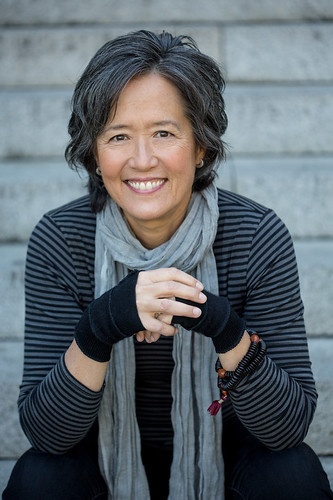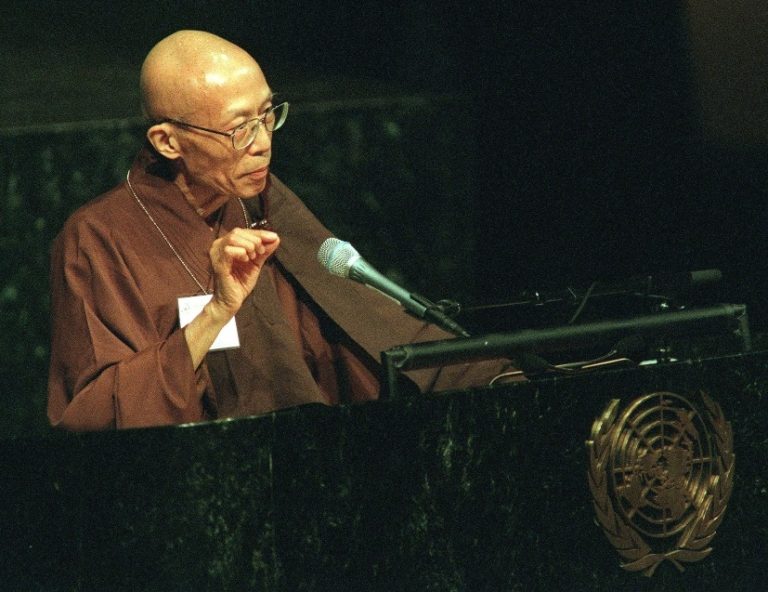
The Fiction of the Self: Ruth Ozeki
“Ultimately, all the creative arts are testaments to the foundational truths of Buddhist principles,” says Canadian-American writer Ruth Ozeki. Whether tracing the themes of interdependence

“Ultimately, all the creative arts are testaments to the foundational truths of Buddhist principles,” says Canadian-American writer Ruth Ozeki. Whether tracing the themes of interdependence

The story of the founder of Dharma Drum Mountain

In my previous article,* I introduced a method of reading Japanese Buddhist texts, especially writings by the Japanese Zen master Dōgen (1200–53).** Here, I would

Imagine you could give your child the kind of wise spiritual instruction provided to a young Tibetan lama. The kind of instruction that nurtures a

Imagine this: a young woman, heavily pregnant and in labor, makes the journey to a grove of trees sacred to the local goddess. The village

David McMahan is professor of Religious Studies at Franklin & Marshall College, Pennsylvania. In recent years he has offered the Buddhist Studies community a more

Spirit is without name, without form. Spirit does not occupy a specific place, but is everywhere at the same time. Spirit is beyond of the

James Sanford and his colleagues in their wonderful volume Flowing Traces (Sanford et al 1992, p.3) point out that “Buddhism’s beginnings in Japan had the arts at

Throughout the United States this year, Americans have taken to the streets to protest police violence against unarmed black citizens. Some of these demonstrations have

Hema Hema: Sing Me A Song While I Wait is the fourth film by Bhutanese lama and director Dzongsar Jamyang Khyentse Rinpoche. Set in the forests

In this article, I would like to reflect on how to read Japanese Buddhist texts. To explain my strategies for approaching texts distant in time,

The exploration of the relationship between creative writing—especially poetry—and Dharma practice carries with it a multitude of questions. Can such writing be considered a part of